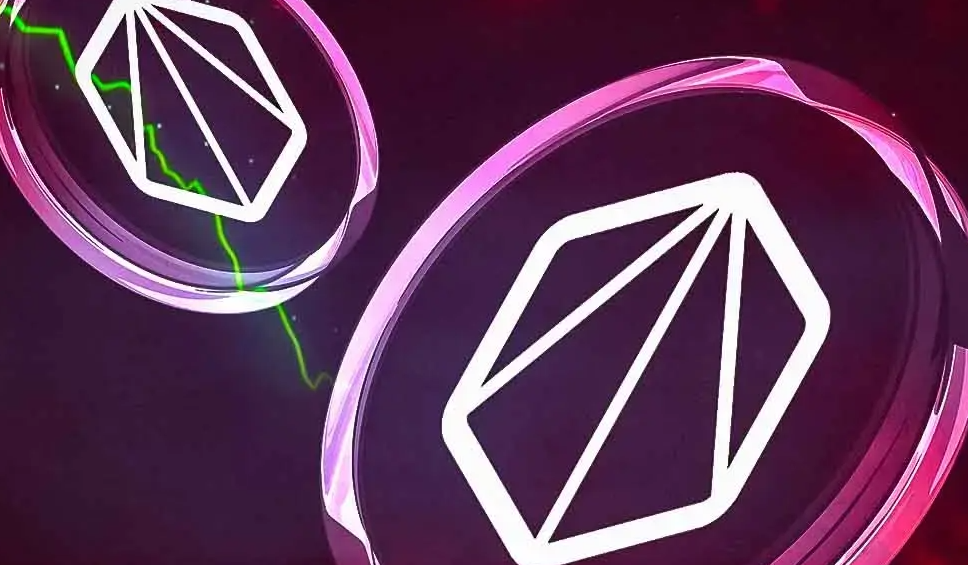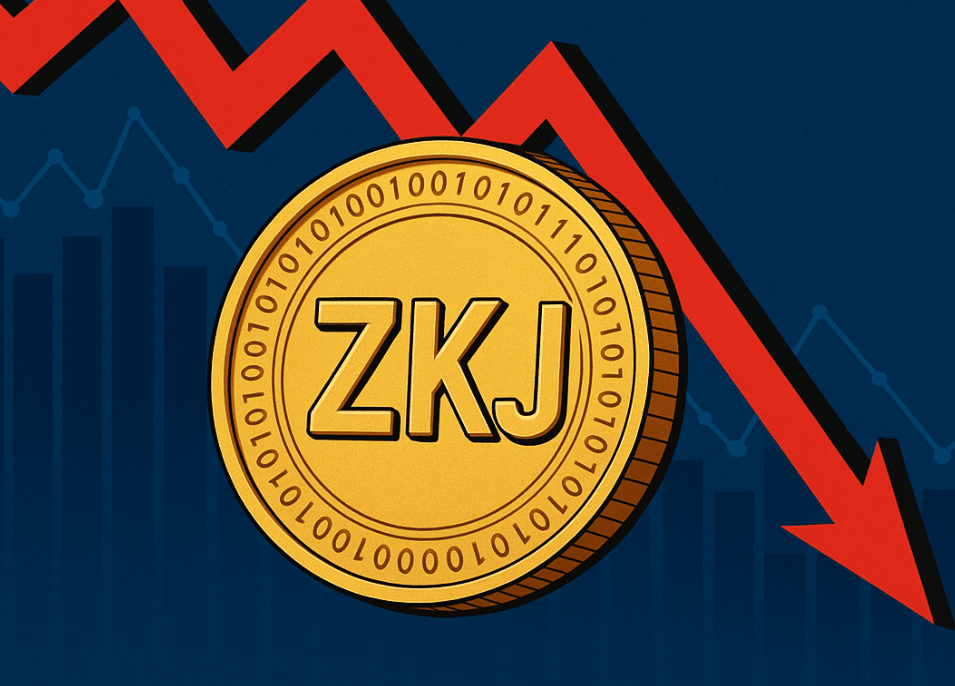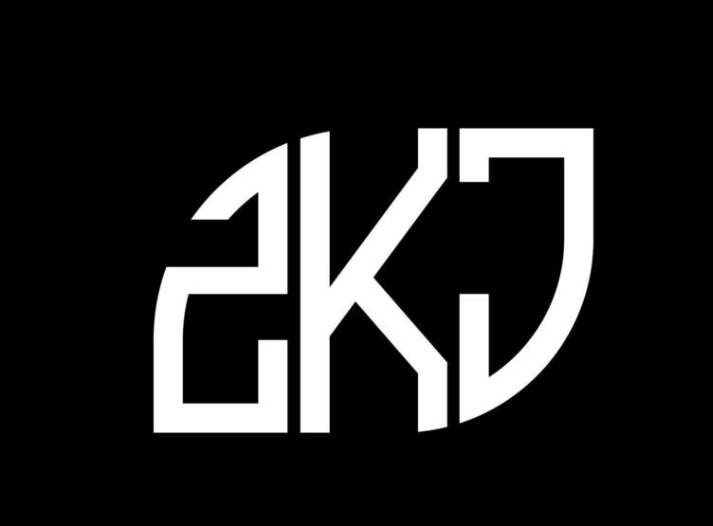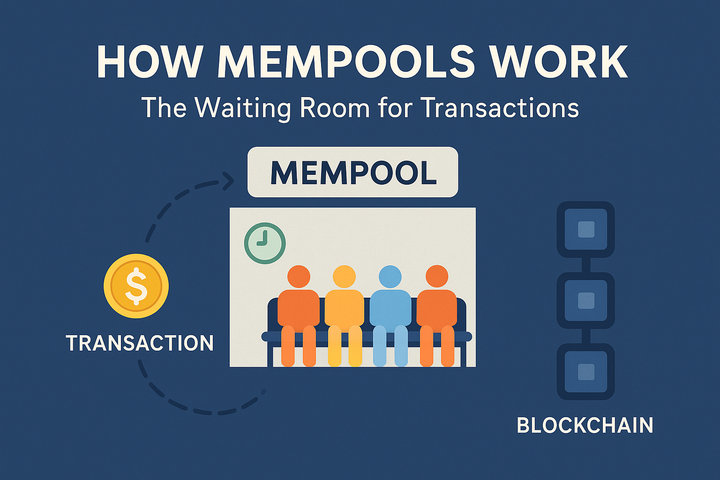ZKJ: Hype Formula - How the Excitement Around a Loud Launch Was Created

The world of cryptocurrencies and blockchain projects has long learned to turn marketing into an art. One of the most striking examples of recent times is the launch of ZKJ. Having barely appeared on the market, the project managed to make a splash: Twitter was seething, Discord was on the verge of overload, and the number of Google queries was growing exponentially. What made this launch so successful? How was the hype around ZKJ created? Let's take a step-by-step look.
What is ZKJ?
ZKJ is a new crypto project based on zk-rollups technology, designed to scale Ethereum without compromising decentralization and security. The project announced its own token, active community development, and integration with leading DeFi platforms. But the technical part is only half the battle. Real success came thanks to the masterful preparation of the information field.

Stage 1. Secrecy and hints
The excitement begins long before the product appears. The ZKJ team has chosen a strategy of controlled information leakage. Various accounts posted hints about a certain “revolutionary zk project” that was supposed to “change the rules of the game.”
Result: users started discussing the possible new product long before the official announcement. Forums and X/Twitter were filled with speculation, which led to an organic growth of interest.
Stage 2. Competent timing and scarcity marketing
ZKJ announced that access to the testnet would be limited in time and by the number of participants. This step used the FOMO principle (fear of missing out). Participants rushed to register, share invites, write guides — all for the sake of not being left out.
Feature: limited missions with rewards that hinted at a possible airdrop — but this was not directly stated anywhere.
ZKJ Hype-Building Strategy Overview
|
Phase |
Tactics Used |
Psychological Effect |
Tools/Channels |
|
1.
Pre-Launch Hints |
Leaks,
cryptic posts, anonymous accounts |
Curiosity,
speculation |
X
(Twitter), Discord, niche forums |
|
2.
Scarcity Marketing |
Limited
access, exclusive testnet invites |
FOMO
(Fear of Missing Out) |
Invite-only
links, time-limited access |
|
3.
Gamification & Social Farming |
Points,
quests, social tasks |
Engagement,
competition |
Zealy
(Crew3), Gleam, task dashboards |
|
4.
Influencer Activation |
Endorsements
by DeFi figures, YouTubers, NFT artists |
Trust,
social proof |
YouTube,
X (Twitter), Telegram |
|
5.
Airdrop Speculation |
Subtle
messaging, no promises, on-chain activity encouraged |
Hope,
long-term involvement |
Wallet
tracking, social hints |
|
6.
Public Launch |
Listing
on major CEX/DEX, token price surge |
Euphoria,
urgency |
Binance,
Uniswap, launchpads |
Stage 3. Gamification and social farming
After the launch of the testnet, ZKJ introduced social activity as a mandatory condition for participation. To become a community leader, you had to not only test the product, but also talk about it:
1. Posts on X/Twitter with the hashtag #ZKJdrop
2. Video reviews and tutorials
3. Participation in AMA sessions
4. Inviting friends through referral links
5. Thus, each participant became not just a user, but a micro-ambassador of the brand.

Stage 4. Collaborations and recognition from influencers
ZKJ relied on key players in the crypto ecosystem:
· popular DeFi influencers
· YouTube analysts
· NFT artists
· partnerships with infrastructure projects (for example, wallets or analytical platforms)
Reviews from "authorities" created an effect of trust and legitimacy. "If he says it, then the project is worthwhile."
Key Metrics Before and After ZKJ Token Launch
|
Metric |
Before Token Launch |
After Token Launch (First 7 Days) |
% Change / Impact |
|
Community
Members (Discord) |
~85,000 |
120,000+ |
+41% |
|
Twitter
Mentions (#ZKJdrop) |
~250,000
(in 2 months) |
600,000+ |
+140% |
|
Unique
Wallets Interacted |
~320,000 |
480,000+ |
+50% |
|
Dune
Analytics Dashboards |
3
custom dashboards |
12+
dashboards |
+300% |
|
Token
Price (Initial vs Peak) |
$0.11
(TGE) |
$1.48
(peak) |
+1245% |
|
YouTube
Video Content Pieces |
80+
videos |
300+
videos (many with 10k+ views) |
+275% |
|
Airdrop-Eligible
Wallets |
Not
disclosed |
~100,000
estimated based on activity |
— |
Stage 5. Airdrop hints — no promises
A Web3 classic: no one promises anything, but everyone hopes.
ZKJ actively used the anticipation:
1. "Remove activity — it might come in handy"
2. "The best testnet participants will receive gratitude"
3. "Don't delete your wallets — history is important"
This tactic stimulated long-term engagement, without the risk of legal claims. Even weeks after the launch, users continued to act "just in case".

Stage 6. Public launch and exchange listing
By the time of the token launch, ZKJ already had:
· a base of tens of thousands of active users
· hundreds of thousands of mentions on social networks
· hundreds of videos and articles about the project
· dozens of expectations for future growth
This made the listing on CEX and DEX a moment of euphoria, when demand in the first minutes significantly exceeded supply. The excitement reached its peak.

Conclusion
The launch of ZKJ was a classic case of creating hype: secrecy, scarcity, gamification, influence of opinion leaders and hints of rewards. All this created a snowball effect that turned a technical product into a mass trend.
It is important to understand: without a strong product, the hype quickly fades. But in the case of ZKJ, marketing and technology worked in tandem. And this experience will be analyzed in cases of Web3 project launches for a long time.



Comments ()